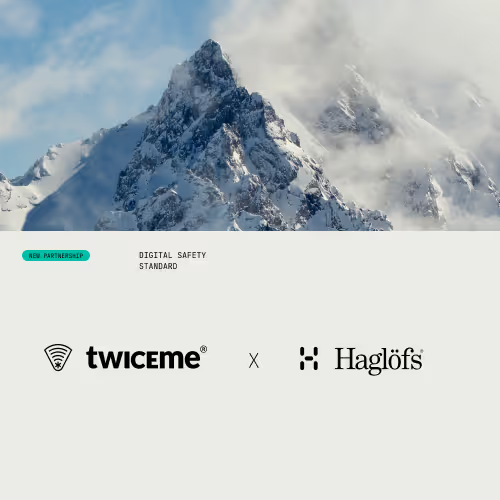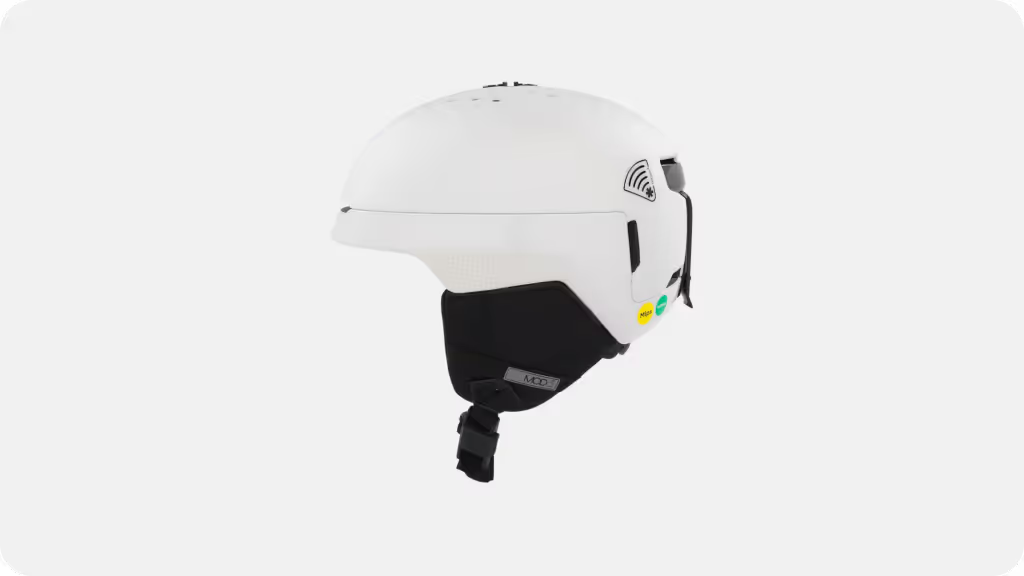Winter Sports Athletes Want More Robust Digital Safety Features
Skiers, snowboarders, and winter sports enthusiasts seek adventure and exercise on the slopes. While fashion and food may seem like the primary concerns for lodge loungers, a recent Twiceme Technology survey highlights a growing demand for improved digital safety features.

Skiers, snowboarders, and winter sports enthusiasts seek adventure and exercise on the slopes. While fashion and food may seem like the primary concerns for lodge loungers, a recent Twiceme Technology survey highlights a growing demand for improved digital safety features. Frequent alpine visitors express a significant interest in digitally sharing and storing critical health and safety information.
Helmet Adoption and Safety Progress
The National Ski Areas Association reports a dramatic increase in helmet use, from 25% in the 2002/03 season to 90% in 2023/24. Despite this progress, over 66,000 skiing and snowboarding injuries were reported in 2022 by the National Safety Council. While helmets protect against head injuries, integrating digital safety features offers additional protection.
Athletes now recognize the importance of wearing adequate head protection on the slopes, but many have yet to realize the benefits of embedding key health and safety information digitally within helmets while enjoying the bounty of winter snow.
Digital Safety Solutions
Twiceme’s 2025 Winter Mountain Sports Safety survey, conducted with 500 U.S. winter athletes, revealed that 93% of respondents would feel safer if they could digitally share personal health information with emergency responders. Helmets equipped with Twiceme’s Help the Helpers (HTH) technology allow users to store medical data, which can be accessed using a smartphone and NFC technology. Brands like Oakley, POC, and Julbo currently offer helmets with this functionality.
Current Practices and Limitations
Although 90% of athletes wear helmets, there are no universal U.S. regulations mandating their use. Furthermore, 55% of surveyed athletes provide emergency contact or medical information, but only 18% do so digitally. With 79% willing to pay an additional $15 for helmets with accessible safety features, resorts and retailers have an opportunity to enhance safety perceptions and services.
Traditional safety methods, like handwritten notes in helmets or storing information on phones, can fail in emergencies. Digital safety features ensure that responders have immediate access to critical information, especially if the athlete is incapacitated.
The Growing Need, and Want, for Digital Safety Features.
Mountain sports have inherent risks – only 14% surveyed reported being involved in a serious accident, but 36% said they have assisted someone else in an emergency. Recognizing the potential dangers, 65% of those surveyed actively save their local ski resorts' ski patrol number before heading up the mountain.
Safety features go beyond the storing and access to critical emergency health information. When asked about the desirability of additional existing safety gestures, the vast majority of respondents reacted positively when asked about the following digital innovations:
- 93% of respondents noted they would find value in having a Medical ID feature – meaning access to critical information about the wearer, such as medical details and emergency contacts.
- 89% of respondents find value in a “Get Back Timer,” which allows users to outline on a map where and when they plan to return from an adventure and then share that information with others. If the user does not return to the predetermined location at the allotted time, an alert will automatically be sent to emergency contacts.
- 91% of respondents find value in a one-button dial to ski patrol and the national emergency phone number.
- 90% of respondents find value in a “Friends Alert” feature that tracks and communicates with friends in real-time, whether there is an incident or they need to contact friends quickly through distress messages and geolocation sharing.
- 92% of respondents find value in a “Rescue Alert” feature, ensuring immediate contact with local ski patrollers at more than 200 destinations worldwide during emergency scenarios.
The Future of Winter Sports Safety
The survey underscores a growing demand for digital safety features and highlights the lack of awareness of existing solutions. Helmet manufacturers and resorts can meet this need by integrating and promoting safety technologies. Resorts that sell helmets with Twiceme technology demonstrate a commitment to safety, fostering goodwill and customer trust.
While helmets remain a personal choice, Twiceme recommends their use. Explore available helmets with Twiceme technology to find the right fit at Twiceme.com.
Discover More Exciting Content.
Explore more related articles

Haglöfs joins the Twiceme Digital Safety Standard

Deadpool Meets Darth Vader with Ruroc's Latest Twiceme-Equipped Helmets

Twiceme Winter Mountain Sports Survey Reveals Athletes Want More Options for Digital Health Storage and Sharing For Emergencies

Winter Sports Athletes Want More Robust Digital Safety Features

Exploring the Oakley MOD5 I.C.E. Snow Helmet - Unrivaled Safety for Your Mountain Adventures
